You hear the phrase “sample packs” thrown around everywhere, especially in music production circles.
But if you’re sitting there wondering, “what is a sample pack?” 一 don’t sweat it, you’re not alone and we’ve got you covered.
In this guide, we’re going to do more than just define a sample pack.
We’re going to delve deep and take an exciting journey into the heart of sample packs.
As well as show you how to expertly manipulate and creatively tweak them to create epic music that truly resonates with your audience.
In today’s article, we’re going to break down:
- What a sample pack is ✓
- Different types of sample packs ✓
- Components of a sample pack ✓
- How to find sample packs ✓
- Leveraging sample packs for creative music ✓
- Enhancing your beats with the right sample packs ✓
- Sample manipulation ✓
- Advanced techniques, tips, and tricks for using sample packs ✓
By the end of this article, you’ll be able to confidently answer the question “what is a sample pack?”
But, the best part is, you’ll also be able to find, use, and manipulate sample packs like a true professional.
So, let’s dive in…
Table of Contents
- What is a Sample Pack?
- Sample Pack Types
- Key Components Within Most Sample Packs
- Sample Packs: Breaking it Down
- Sample Packs in Hip Hop Music Production
- Creating Music With Sample Packs
- Enhancing Your Music With Sample Packs
- Techniques to Manipulate Sounds Intended in Sample Packs
- Advanced Techniques & Tips for Using Sample Packs Like a Professional
- What is a Sample Pack? Final Thoughts
What is a Sample Pack?
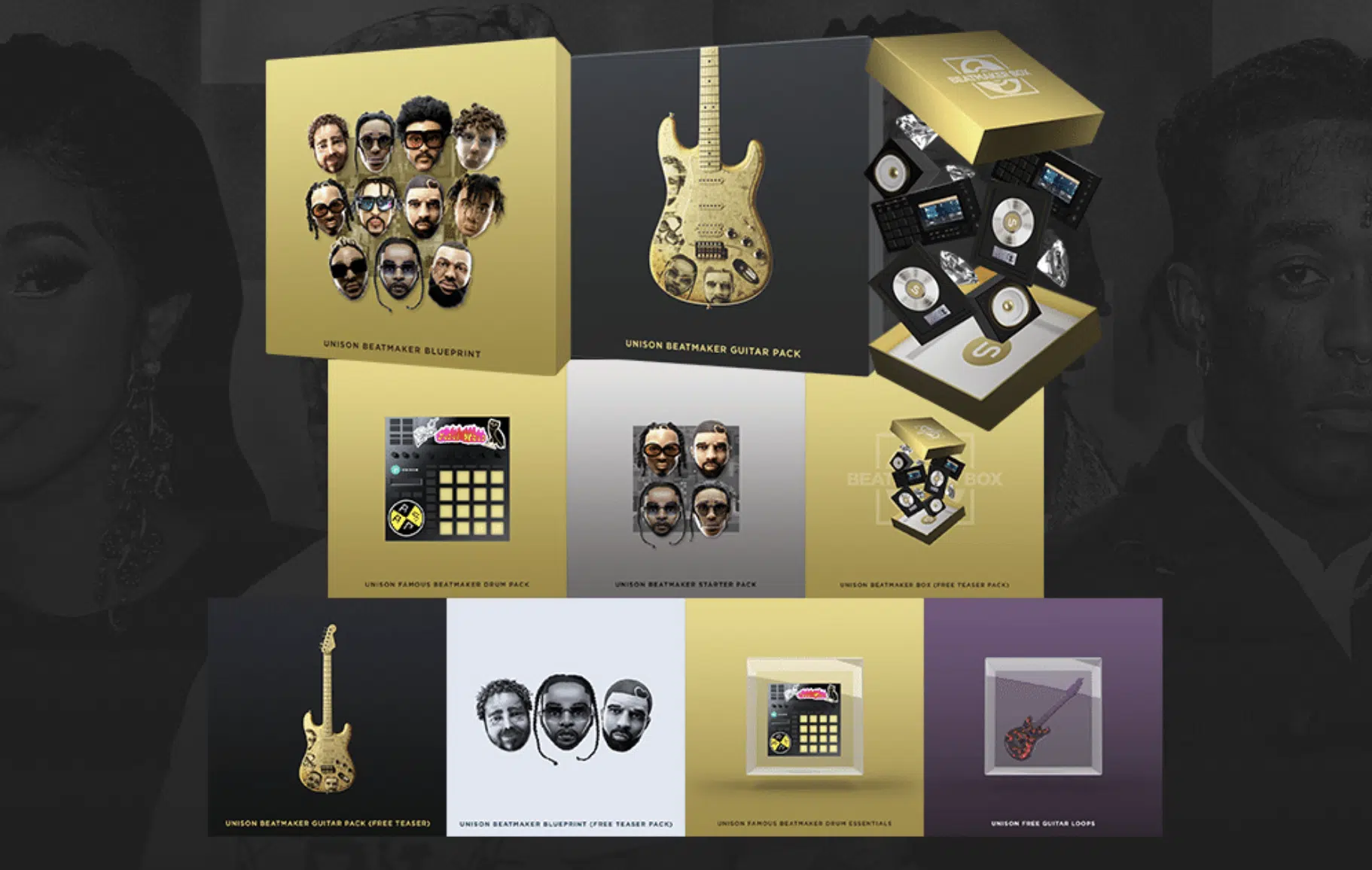
A sample pack, whether it’s a free sample pack or premium sample pack, is a collection of sounds that music producers can use and manipulate to create music.
It can include:
- Drum loops
- One shots
- Melody loops
- FX
- Vocal samples
- Etc.
These sounds (typically high-quality WAV files) provide the backbone for music production, especially in genres such as hip-hop and trap where samples are heavily used.
Sample packs are designed for convenience.
Rather than spending hours recording individual sounds, you can grab a sample pack and immediately have access to a rich palette of audio.
Some even contain the included MIDI data so you can easily manipulate the included sounds.
You’ll also find pack that exclusively contain MIDI loops, stems, melodies, drums, etc, called “MIDI packs,” but today we’re focusing mainly on sample packs.
You’ve got everything from drum samples to individual components like hi-hats 一 all meticulously recorded and ready for you to drop into your tracks.
Let’s not forget the importance of the ‘royalty free’ tag often attached to sample packs.
Meaning, you can use the sounds in your music without worrying about copyright infringement or additional fees.
This gives you more creative freedom and helps you focus on what you love most: creating legendary music without having to give away any of your earnings.
NOTE: Make sure that the packs you’re downloading or purchasing are royalty free.
Otherwise, you can get caught off guard thinking it’s royalty-free when it’s really not, which can get you sued.
Sample Pack Types
Sample packs aren’t a one-size-fits-all proposition…
They come in various types; designed to cater to different needs and musical styles.
From drum kits that focus on different drum components to construction kits offering a complete set of loops and sounds in the same key and BPM 一 you have a plethora to choose from.
#1. Drum Kits
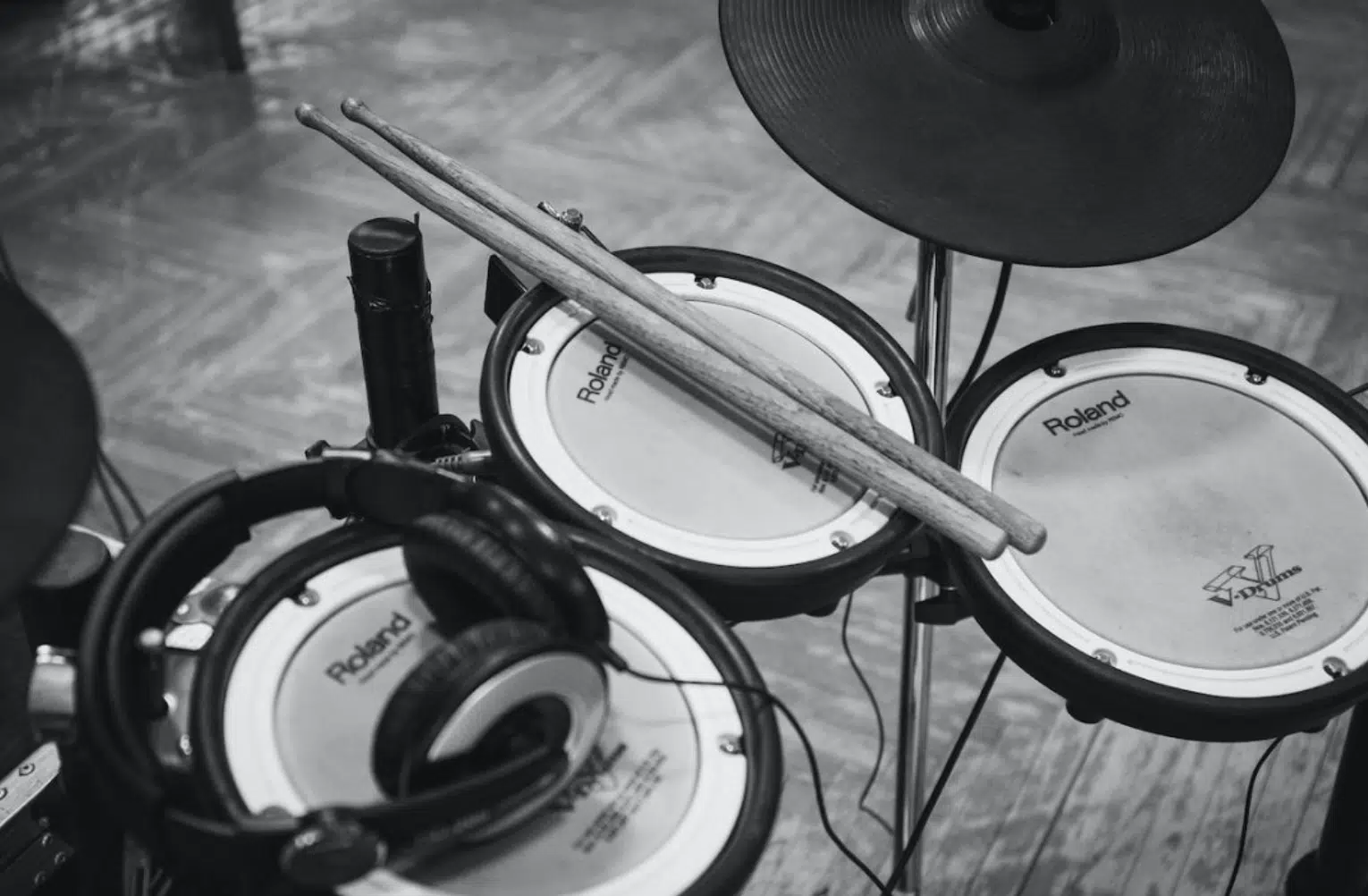
A drum kit sample pack would consist of separate samples for the kick, snare, hi-hats, cymbals, and more.
This allows you to create your own custom drum patterns.
These kits can alternatively provide loops created from their samples 一 offering instant inspiration or ready-to-use sequences.
They’re composed of individual elements from electronic or acoustic drum kits, inviting you to remix and craft personalized sonic templates.
By blending different kits or packs, you can break from the crowd and truly customize your sound.
Ultimate creativity sparks when you modify or resynthesize these samples, creating a unique sonic identity.
#2. Melody Packs
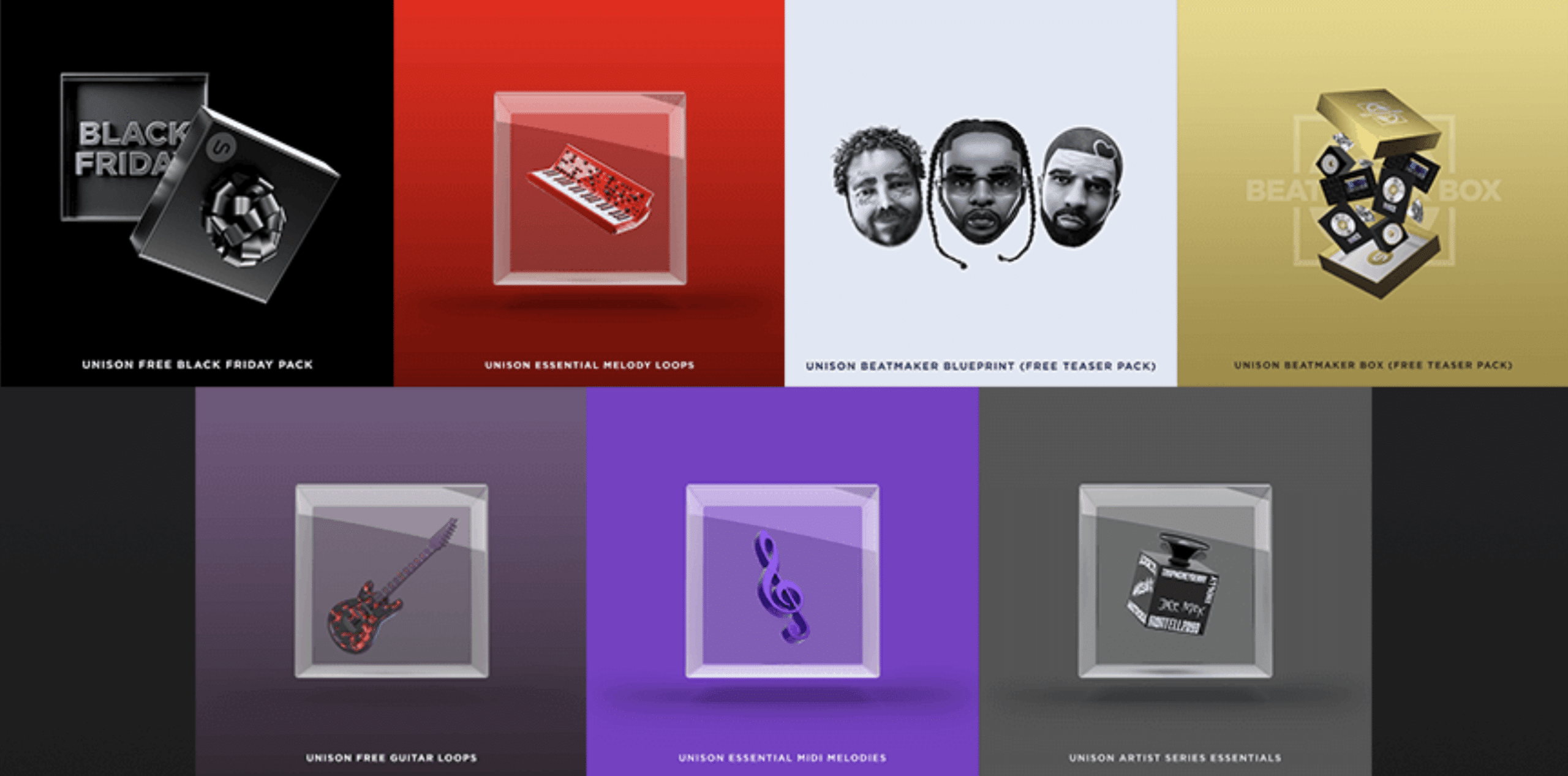
A melody pack offers a selection of melodic loops and riffs; often in a particular style, like hip hop.
These multifaceted tools can serve numerous purposes.
They could be the ideal launching pad for crafting a chord progression anchored in the melody’s key.
Alternatively, you might employ them as the solid foundation upon which your drum track is constructed. B
eyond that, they can add depth to an existing chord progression in the corresponding key, or even act as a blueprint for a melody (with just a note or two requiring adjustment).
#3. One Shots
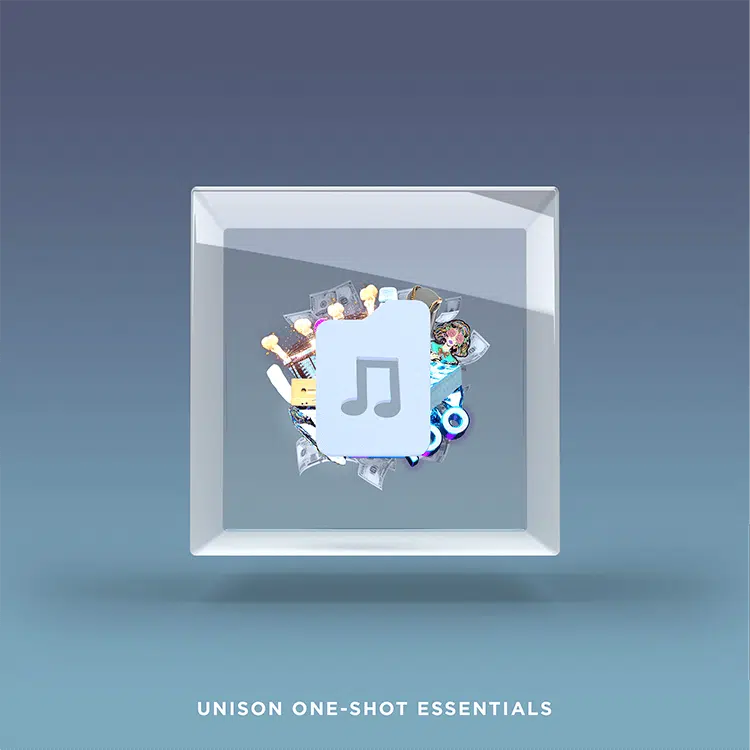
Then there are one shot sample packs consisting totally of single sounds.
These packs allow for greater flexibility as they let you craft your own rhythms and melodies from the provided sounds.
It also presents a fantastic opportunity for you to craft your own ‘playlist’ of preferred samples from each pack 一 categorizing them according to your preferences.
I find it helpful to compile a variety of one shots into a ‘sample template.’
This way, when I enter a session to produce a beat, I already have my key elements readily accessible.
Furthermore, you can utilize your go-to sampler to generate presets, and even create your own instruments, all while adopting the same mindset of the sample template concept.
#4. Construction Kits
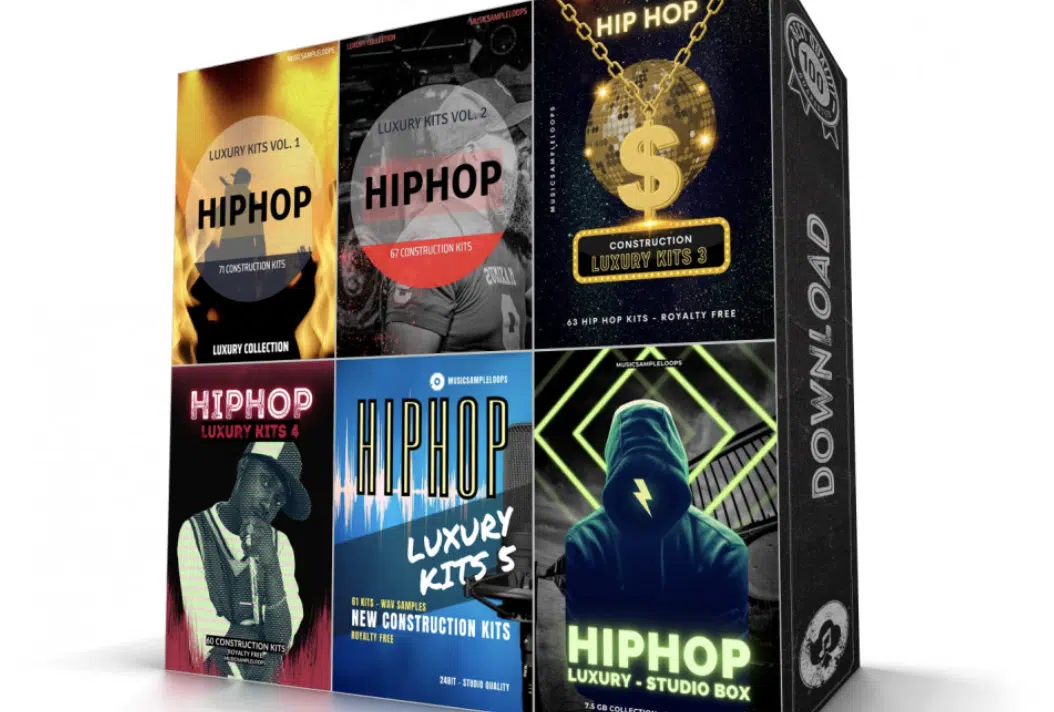
Construction kits are essentially song starters, providing all the samples you need to kick-start a track.
They typically include a simple melody, a chord progression, and a selection of related sounds.
Remember, there are many low-quality samples out there, so always listen to a preview before investing.
Often, there’s a notion that relying on sample packs is the “easy way out” or it’s not a creative approach.
This argument might hold some merit if you’re merely dragging and dropping the pack and exporting it as-is.
However, the true purpose of using a sample pack should be to use it as a source of inspiration and manipulate it to fit your unique creative vision.
NOTE: Don’t feel bound by things like the key and BPM. Feel free to replace loops with your own riffs and melodies.
You can even convert loops to MIDI data to utilize your own synths and sound design.
The goal here is to let your creativity flow unrestricted, using the sample pack as a starting point, not an endpoint.
Key Components Within Most Sample Packs
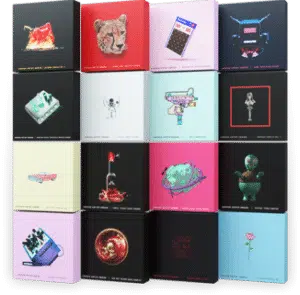
When you download a sample pack, you might wonder what all the sounds you find within are.
Well, there are key components that most packs consist of.
Firstly, you’ll find drum loops.
These are rhythmic patterns pre-made for you, saving you time in laying down the backbone of your track.
They often contain different drum components mixed into a regular timing pattern.
Secondly, there are one shots.
These are individual sounds like a kick drum hit or a single hi-hat note.
These sounds are crucial in crafting your own drum patterns or adding embellishments to your track.
Thirdly, there are melodic loops.
These are segments of melody, often looped to a particular time signature.
They can be a simple guitar riff or a complex synth pattern, and are useful in providing a starting point for your track.
If you’d like the best guitar loops in the game, we’ve got you covered.
Lastly, you’ll often find ‘FX’ sounds.
These are special effects sounds like risers, impacts, or white noise sweeps.
They help add interest and variation to your track, making it more dynamic and engaging.
You may also find, in some packs, these are grouped/categorized as one shots if they fit the bill of a 1-note-hit (or component); be it melodic or not.
Sample Packs: Breaking it Down
Now that we’ve broken down what a sample pack is and its various types, let’s delve into its individual components in greater detail.
-
Drum Kits & Their Importance
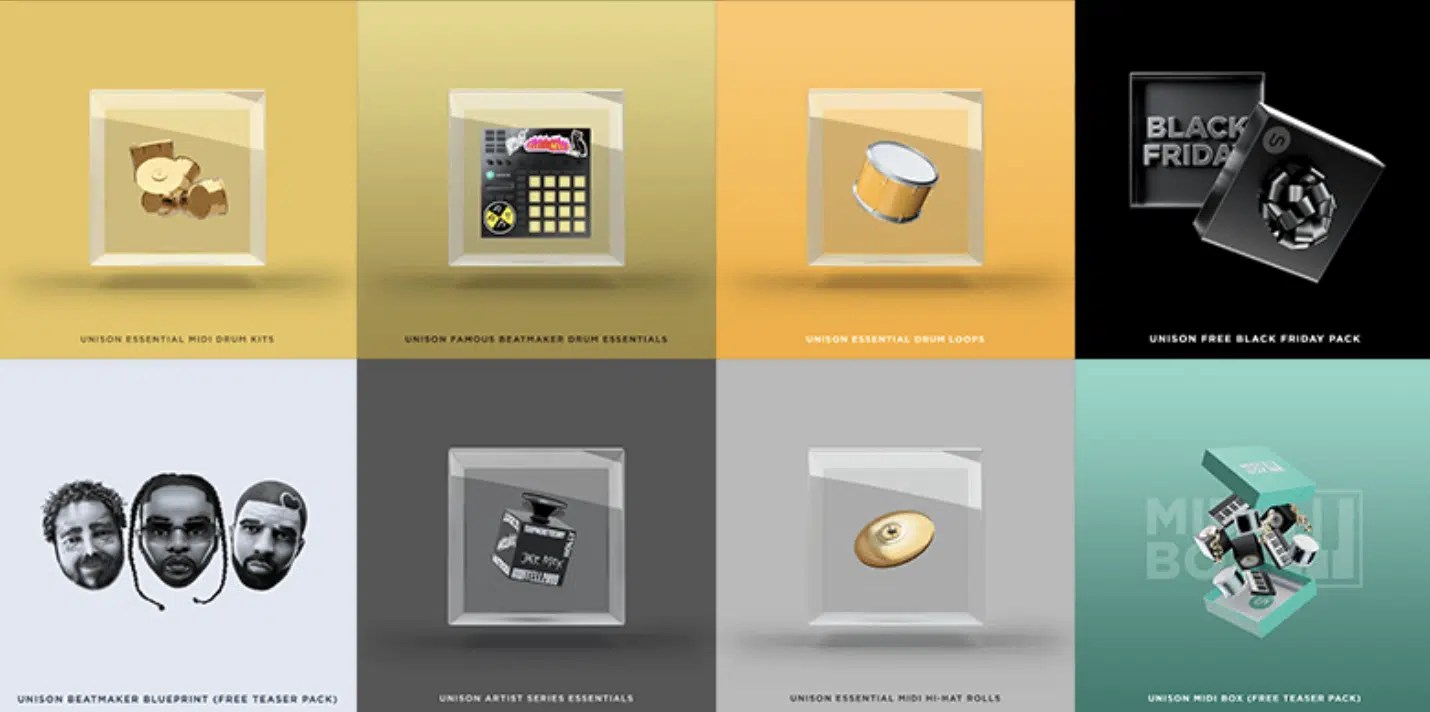
Drum kits are an integral part of most sample packs.
They typically include various drum samples (building blocks) such as:
- Kicks
- Snares
- Cymbals
- Hi-hats
Each are synthesized, recorded, processed, and possibly resynthesizes or re-recorded/reprocessed separately.
In a hip hop track, for example, the kick and snare form the basic rhythmic structure, while the hi-hats and cymbals provide added rhythm and texture.
Having high-quality drum samples will significantly enhance your tracks’ overall sound.
Different sample packs may include different drum kits 一 each designed to cater to a specific musical style.
For instance, a hip hop sample pack may include drum kits with heavy, punchy kicks and crisp snares, perfect for creating those iconic hip hop beats.
If you’re looking for the absolute best drum kits of 2023, we’ve got you covered.
-
The Role of One Shots

One shots are single, isolated, high-quality sounds that you can use in your music.
These can be anything from a delicate bell sound to a powerful effect.
Even a simple one shot sound can be used in a variety of ways to enhance your music in unique ways.
For instance, you can use a one shot sound to:
- Create a drum pattern
- Add a unique element to your track
- Even build a melody
The possibilities are endless.
Moreover, one shots give you the freedom to create your own rhythms and melodies.
Unlike loops, which are fixed, one shots can be sequenced in any way you like, providing more creative freedom.
-
Examination of Construction Kits within a Sample Pack
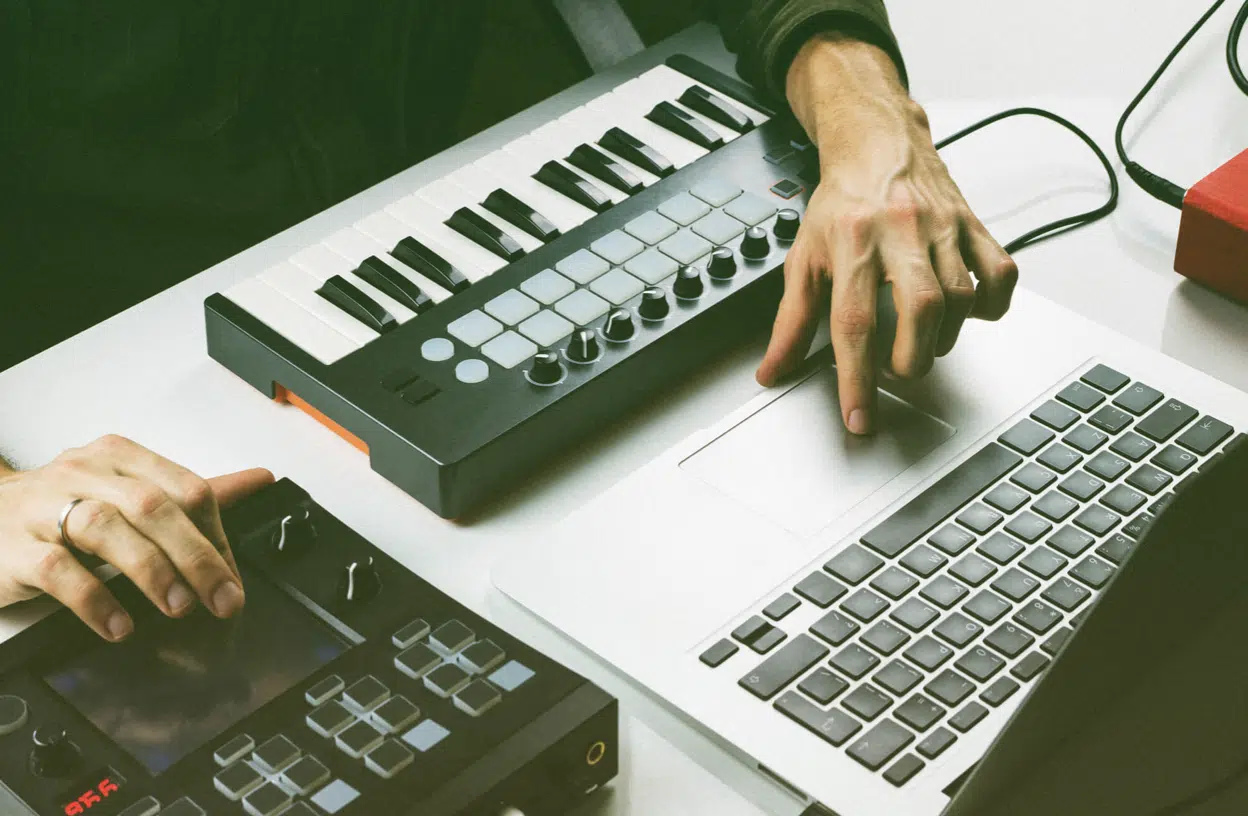
Construction kits are like the building blocks of music production.
Each kit typically contains several loops and one shots, all in the same key and BPM, which you can piece together to form a coherent track.
A standard construction kit might include:
- A drum loop
- A bassline
- A melody loop
- Several one shots & effects
You could use all the sounds together, or just pick and choose the ones you like.
Construction kits are great, especially for beginners still learning about song structure, to study and learn how to reverse engineer.
They provide a ready-made blueprint that you can follow, making it easier to produce music that sounds good.
However, construction kits aren’t just for beginners…
Even seasoned producers can find value in them, as they can offer inspiration and help kick-start the music creation process.
It’s a way to get super creative with other elements of production such as sound design, processing, and mixing.
Which are key factors that have less to do with composition and more about gaining knowledge and enhancing skills.
Sample Packs in Hip Hop Music Production
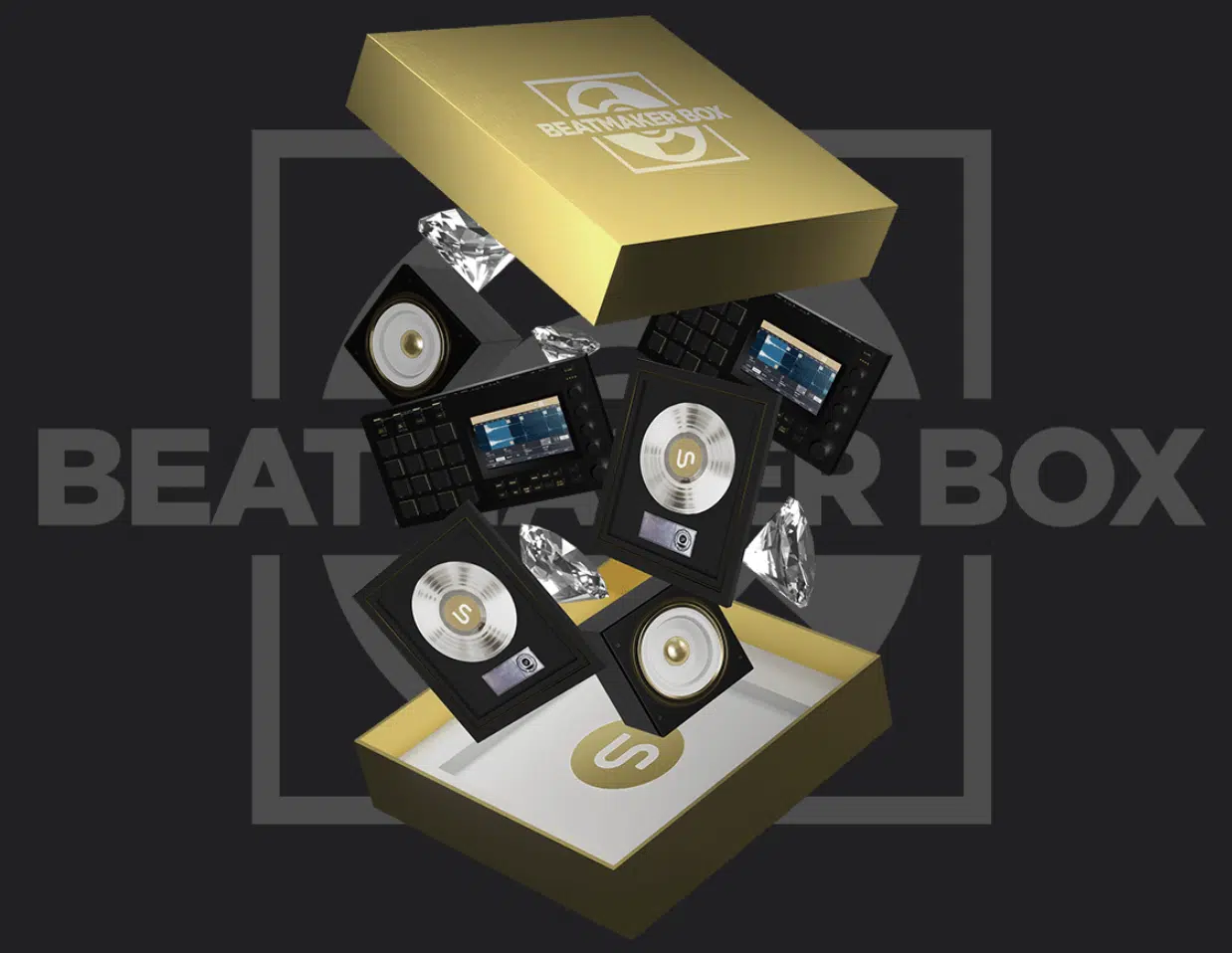
Hip hop not only boasts a rich tradition of sampling, but it is also intrinsically linked to this practice.
In fact, hip hop and the art of sampling have mutually driven each other’s evolution.
The genre has pushed the boundaries of sampling technology just as much as the art of sampling has influenced the trajectory of hip hop.
This interplay can be observed in other genres as well, like the early days of techno, which relied heavily on sampling and samplers.
Since the birth of hip hop, producers have been skillfully extracting pieces from existing records and transforming them into innovative new sounds.
In the digital age, this practice has evolved with sample packs playing a crucial role.
A typical hip hop sample pack might include drum loops with a distinctive hip hop feel, gritty basslines, melodic loops, and a selection of one shots.
These sounds provide a solid foundation for a hip hop track 一 saving producers (like you) the time and effort of recording all these sounds themselves.
Additionally, using a hip hop sample pack can help maintain the genre’s characteristic sound.
While simultaneously providing enough flexibility for you to put your own spin on the tracks.
-
Using Hip Hop Sample Packs to Produce Music

Sample packs can greatly speed up your music production process.
Instead of spending hours creating your own drum patterns or recording your own melodic loops, you can use sample packs to lay down a solid foundation for your hip hop track.
By using a drum loop from a sample pack, for example, you can quickly establish the rhythm of your track.
Similarly, using a bassline or a melodic loop can give your track a clear musical direction.
Once you have these basic elements in place, you can then focus on the finer details of your track 一 like tweaking the mix or adding additional layers.
Also, sample packs often include a variety of one shots that can add character to your track.
These can be:
- Drum hits
- Vocal phrases
- Sound effects
- Even melodic or guitar riffs
By carefully selecting and sequencing these sounds, you can create a track that is unique and engaging (and totally addicting).
Creating Music With Sample Packs
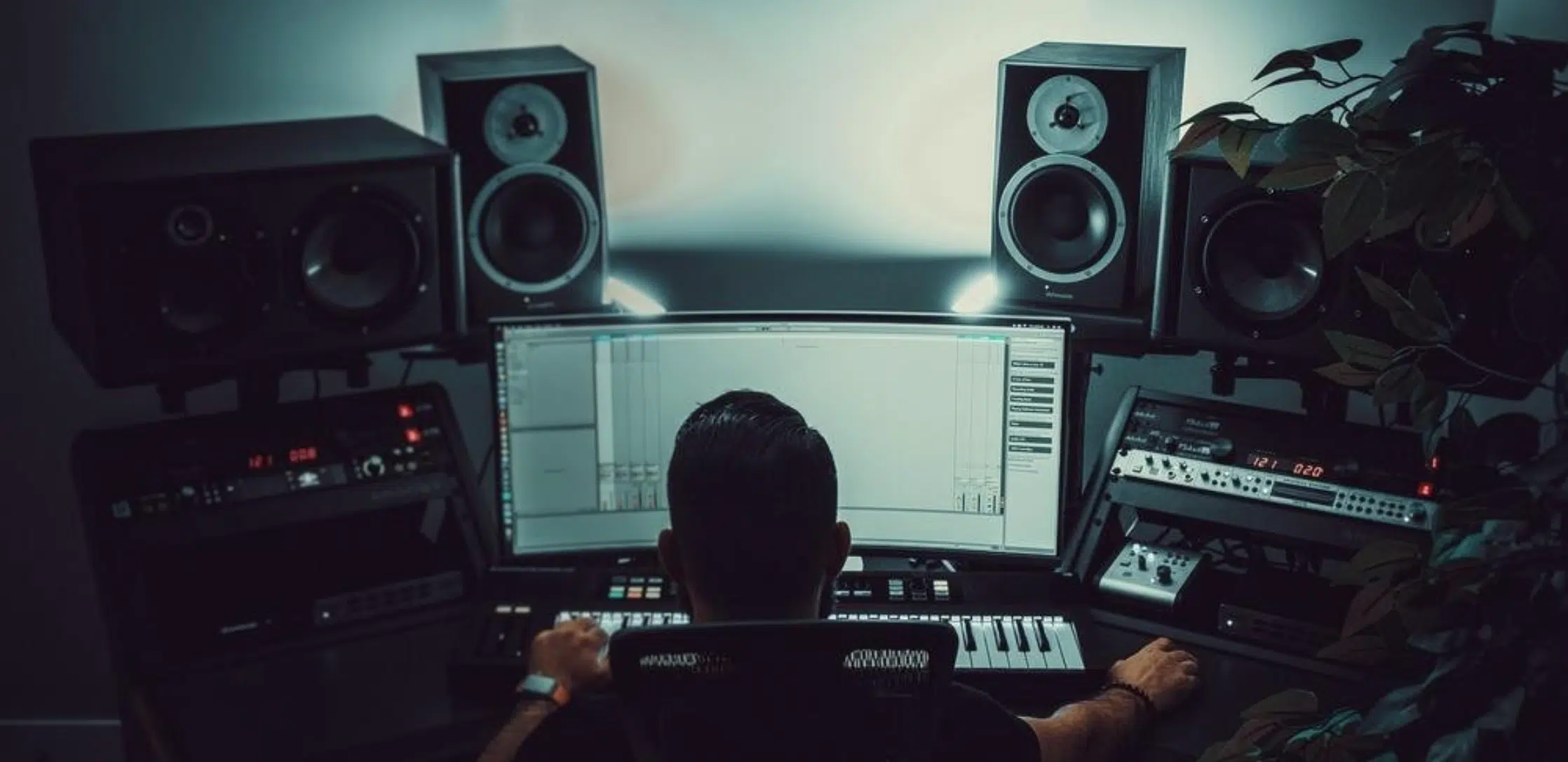
Using sample packs to create unique music for the whole world to hear is super beneficial.
The process of creating/producing music with sample packs typically involves:
- Selecting the appropriate samples
- Arranging them in a musical manner
- Tweaking them to fit your vision
Start by choosing a drum loop that fits the mood of the track you want to create.
Next, add a bassline or melodic loop that complements the drum loop.
At this point, you have a basic skeleton for your track.
Then, you can add more layers to your track using one shots or other loops from the sample pack.
This could be a vocal phrase, a percussive element, or an atmospheric sound.
NOTE: Each additional layer should enhance the overall sound of your track, without making it overly busy or complicated.
Finally, use your DAW’s built-in tools to tweak and manipulate most samples.
This could involve adjusting the volume of each sample, adding audio effects like reverb or delay, or even stretching or pitch-shifting the samples to create new sounds.
Yes, we’ll be breaking down these processes later in the article.
-
Manipulating Samples & Loops to Form a Unique Sound
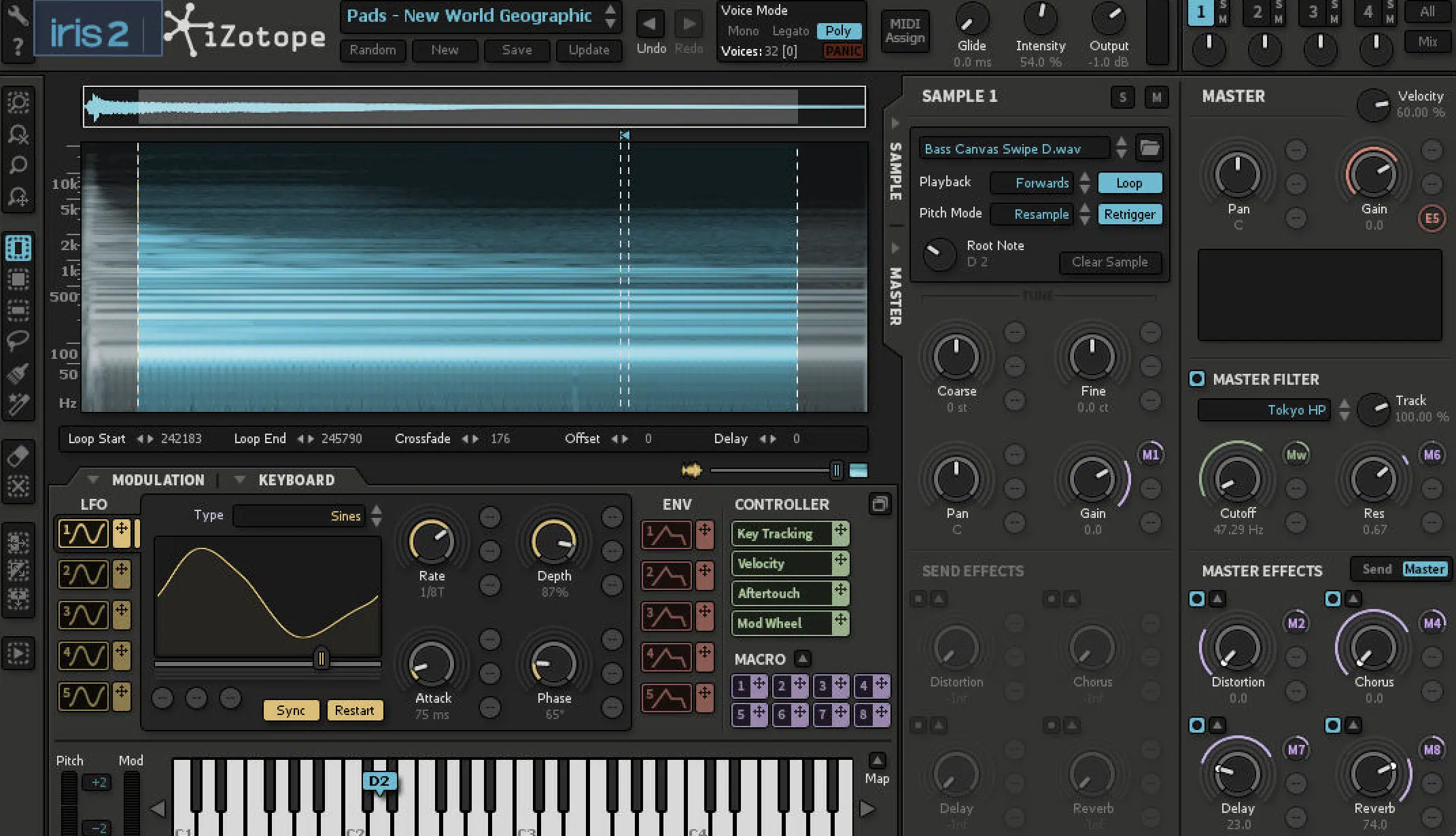
While sample packs provide a ready-made set of sounds, that doesn’t mean you have to use them in your audio track.
In fact, manipulating the samples is where the real fun begins.
You can pitch-shift a drum loop to give it a different tonal quality, or reverse a melodic loop to create a unique, otherworldly sound.
Additionally, you can even slice a loop into individual hits, and then rearrange them to create a completely new rhythm.
Furthermore, using effects (like reverb, delay, distortion, and filtering) can drastically alter the sound of a sample and allow you to put your own unique spin on it.
So, while the samples in a pack may not be original, the way you use them can be 一 even if it’s a sample pack consisting totally of one style or sub-genre.
You should always twist and warp it to fit your own style.
PRO TIP
An engaging creative exercise for more advanced producers is to transform the mood of a sample pack.
For instance, you might take an upbeat, happy style pack and give it a darker, more melancholic tone by altering a major scale to a minor one, or vice versa.
While this may not always be a straightforward or easy task, it’s an excellent way to push your boundaries and explore the full spectrum of possibilities in music production.
-
Making the Most Out of the Same Key & Same BPM Samples
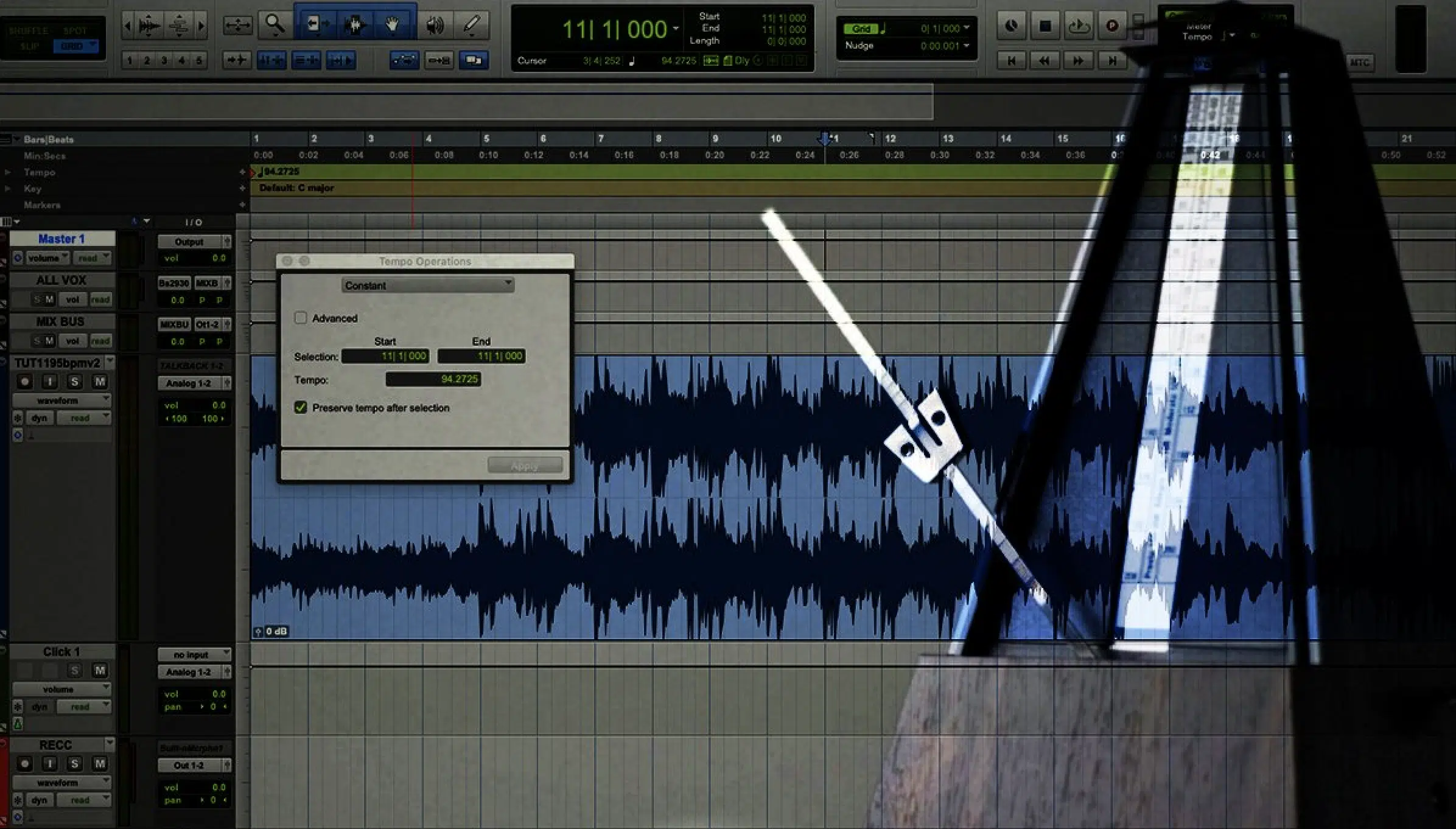
One of the advantages of sample packs is that they often include loops and one shots that are all in the same key and BPM.
This makes it easy to combine different samples in a coherent way.
However, this doesn’t mean you’re limited to using the samples at their original key and BPM.
As mentioned above, by adjusting the pitch or scale of a sample, you can change its key to match the rest of your track.
Similarly, adjusting the tempo of a sample can make it fit a track that’s at a different BPM.
By learning how to effectively manipulate the key and BPM of samples, you can make the most out of a sample pack and create a wider variety of music.
Enhancing Your Music With Sample Packs
Sample packs can be used not just to create music from scratch, but also to enhance and embellish your existing tracks.
Here’s how:
-
Using Drum Samples & Hi-Hats to Create a Rhythmic Pattern
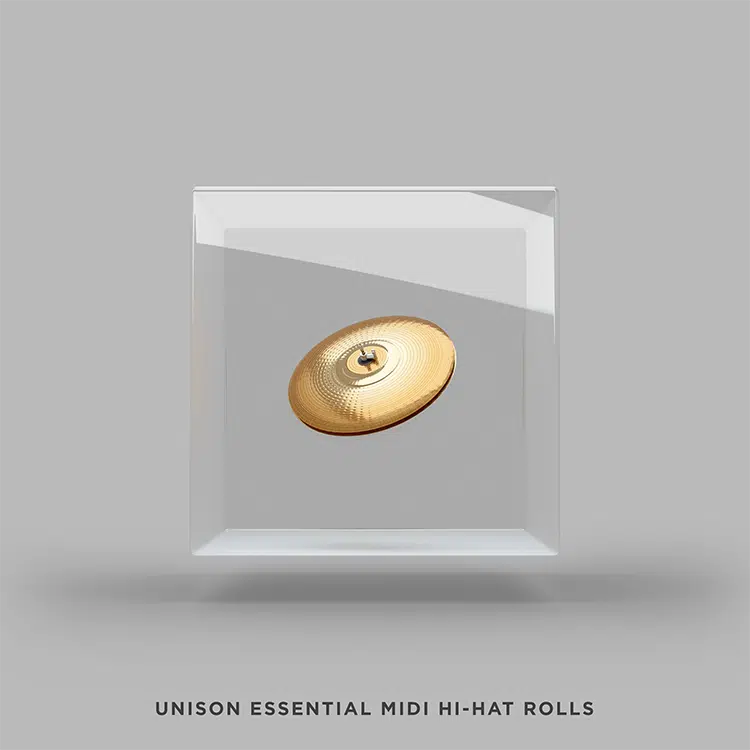
Drum samples and hi-hats are an essential part of any rhythm section.
By carefully selecting and arranging these sounds, you can create a rhythmic pattern that drives your track forward.
For instance, you might:
- Start with a basic kick and snare pattern
- Then, add hi-hats for additional rhythm and texture
You can also layer multiple drum samples to create a fuller, more complex sound.
Additionally, using drum samples from a sample pack can save you the time and effort of recording and mixing your own drums.
This can be especially beneficial if you don’t have access to a drum kit, or if you’re not confident in your drumming skills.
-
Crafting Chord Structure & Chord Progressions Using Sample Packs

Many sample packs include melodic loops that can be used to establish the same chord structure and progression of your track.
These loops are typically recorded in a particular key…
By following this key, you can ensure that all the elements of your track harmonize with each other.
In addition to using these loops as they are, you can also manipulate them to fit your vision.
For instance, you might pitch-shift a loop to change its key, or cut it up and rearrange the individual chords to create a new progression.
If you’d like to learn all about chord structure, we’ve got you covered.
-
Using Foley or Recorded Sounds for Creative Outcomes

One of the most interesting aspects of working with samples is the ability to incorporate foley or recorded sounds into your music.
This could be anything from the sound of rain falling to the hum of a city street.
These sounds, once manipulated and woven into your track, can add a layer of complexity and originality.
They can:
- Bring a sense of realism
- Provide an unexpected twist
- Simply add depth to your musical soundscape
Remember, it’s all about producing an intriguing and captivating final sound and professional audio quality.
Techniques to Manipulate Sounds Intended in Sample Packs
There are numerous techniques you can use to manipulate the sounds in a sample pack.
Here are a few of my personal favorites:
-
Pitch-shifting
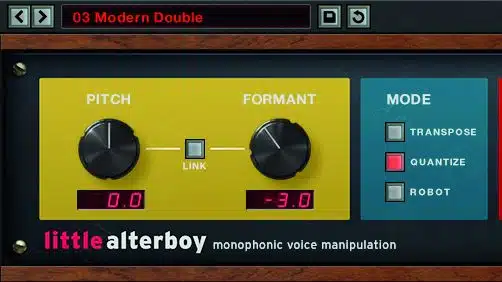
Pitch-shifting involves changing the pitch of a sample without affecting its duration.
It’s a great way to adjust a sample to the key of your track, or to create harmonies and melodies.
-
Time-Stretching

Time-stretching alters the duration of a sample without affecting its pitch.
It’s useful for fitting the same sample to the tempo of your track, or for creating slow-motion or sped-up effects.
-
Reversing
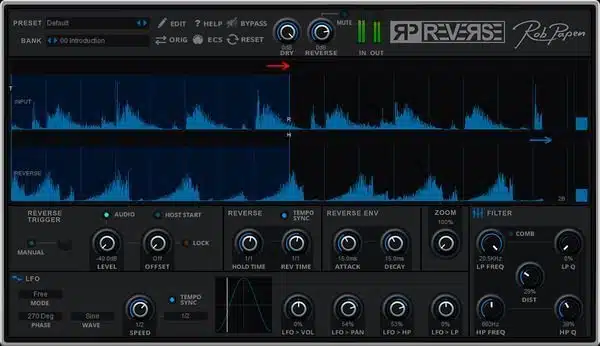
Reversing means exactly what it sounds like: playing one sample backwards.
It can create a mysterious or eerie effect, and is often used with cymbal or vocal samples.
You can completely transform a single sound and entire music piece with this method.
-
Slicing
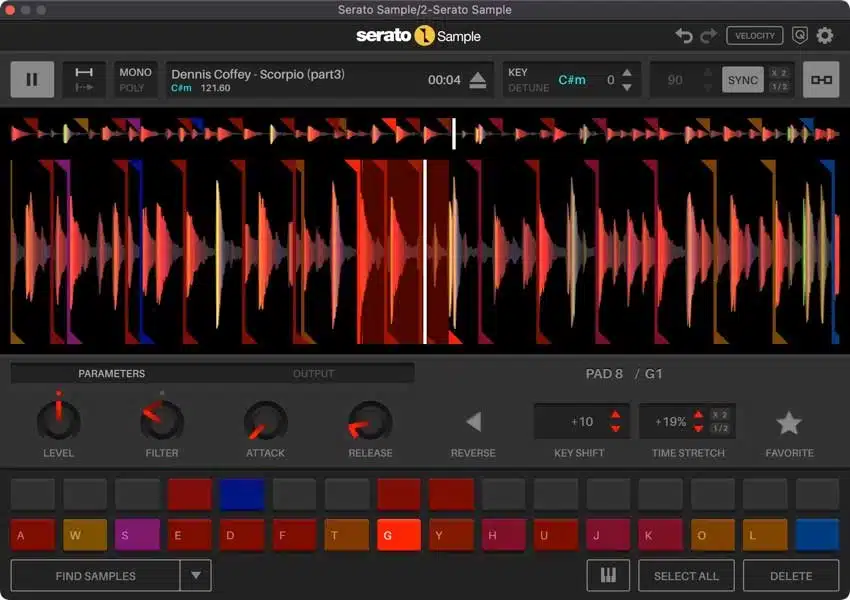
Slicing a sample means cutting a sample into smaller pieces, which can then be rearranged or manipulated individually.
It’s a great way to create new rhythms or melodies from an existing sample to produce your own sound.
Advanced Techniques & Tips for Using Sample Packs Like a Professional
Sample manipulation is both an art and a science, especially when you’re first learning what is a sample pack.
It’s an art because it involves creative expression, and a science because it requires technical skill.
With practice, you’ll find that the possibilities are endless.
Here are some additional tips to help you manipulate samples like a true professional:
-
Layering
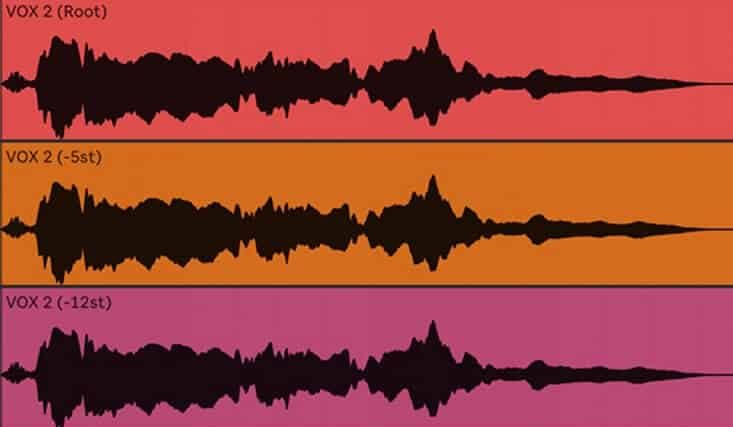
Layering involves combining multiple samples to create a fuller, more complex sound.
For instance, you might layer two different kick samples to get a punch with additional depth and intrigue.
Or, you might layer a vocal sample with a synth sample to create a unique, hybrid sound.
-
Automating Effects
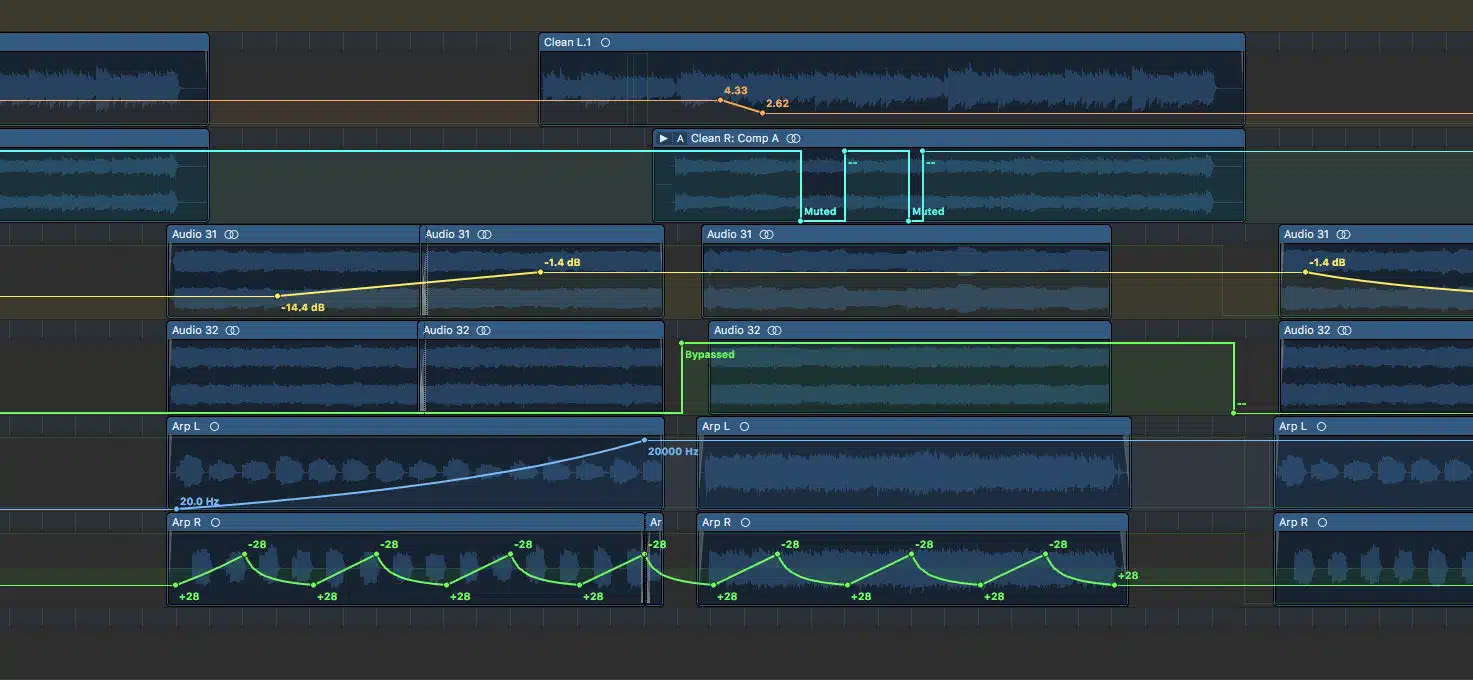
Automating effects involves changing the parameters of an effect over time.
For example, you could automate a filter cutoff to create a sweeping effect.
Or, automate the mix level of a reverb to make a sound appear closer or farther away.
-
Resampling

Resampling processing a sample with effects or other creative manipulations, and then re-recording it as a new sample.
This allows you to create entirely new sounds that can be further manipulated.
-
Transposition
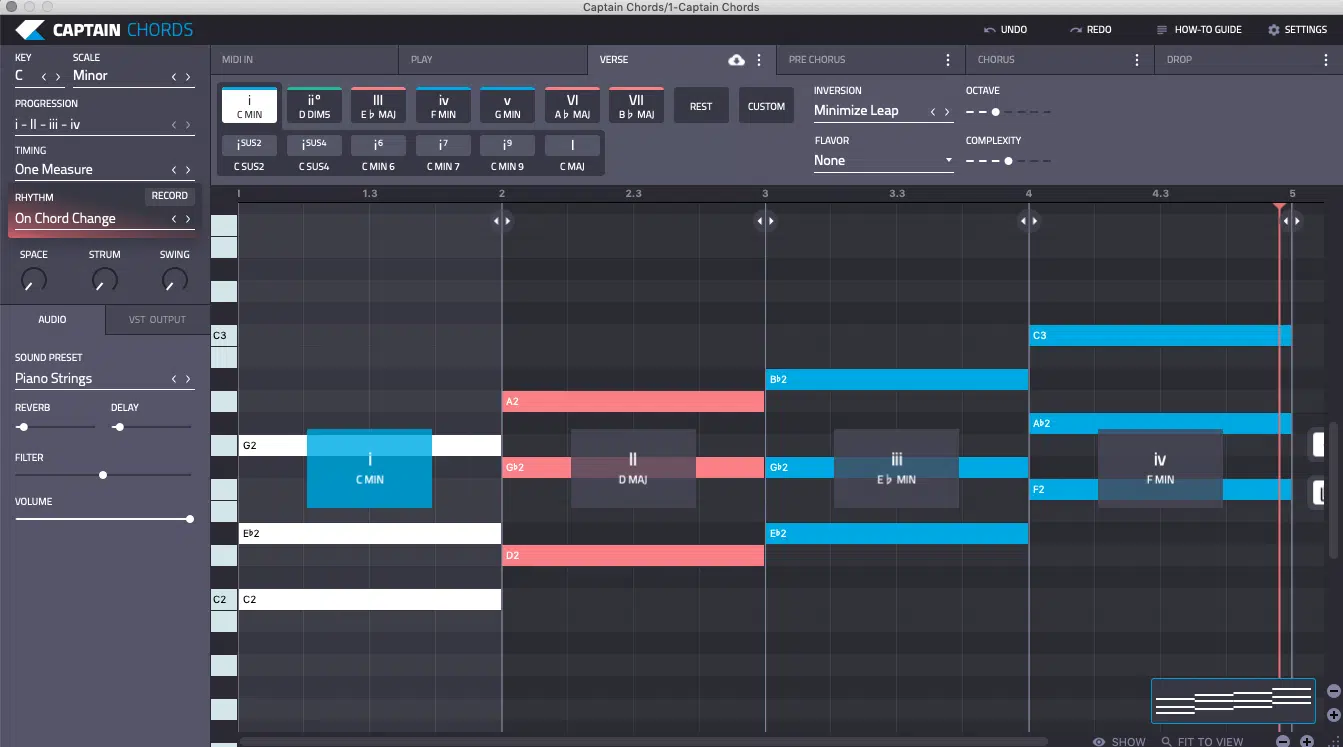
Transposing a sample up or down in pitch can dramatically alter its character.
- High-pitched sounds 一 Can become low and powerful when transposed down.
- Low-pitched sounds 一 Can become light and ethereal when transposed up.
Try experimenting with transposition in order to create new, unique, and exciting sounds and beats.
-
Using Noise Creatively

Noise, often overlooked, can add depth and texture to your music.
A subtle layer of vinyl crackle, for example, can give a track a vintage feel, while a wash of white noise can add a sense of space.
By mastering these techniques, you can truly unlock the potential of sample packs and take your music production to the next level.
What is a Sample Pack? Final Thoughts
It’s clear that understanding ‘what is a sample pack’ is more than just a technical definition 一 it’s the key to a sonic universe of creativity and possibility.
From injecting new textures and sounds into your tracks to providing inspiration when you’re facing the dreaded creative block, sample packs are the secret weapon of many successful producers.
Yet, in this vast sea of sounds, finding the right sample pack can feel like searching for a needle in a haystack…
This is where the Beatmaker Blueprint comes into play.
With over 9,000+ hit loops, samples, and MIDIs, this comprehensive pack offers an incredible range of sounds at your fingertips.
It’s more than just a collection of random samples.
It’s a curated library of sounds specifically designed to help you produce placement-worthy beats.
Whether you’re just starting out or a seasoned pro, the Beatmaker Blueprint empowers you to craft your unique sound, elevate your production skills, and bring your musical vision to life.
It’s the perfect sample pack to revolutionize your beat-making process and take your tracks to the next level.
Now you’re equipped with knowledge to manipulate sample packs like a pro.
So, go out there and produce mind-blowing, memorable music.
Until next time…







Leave a Reply
You must belogged in to post a comment.